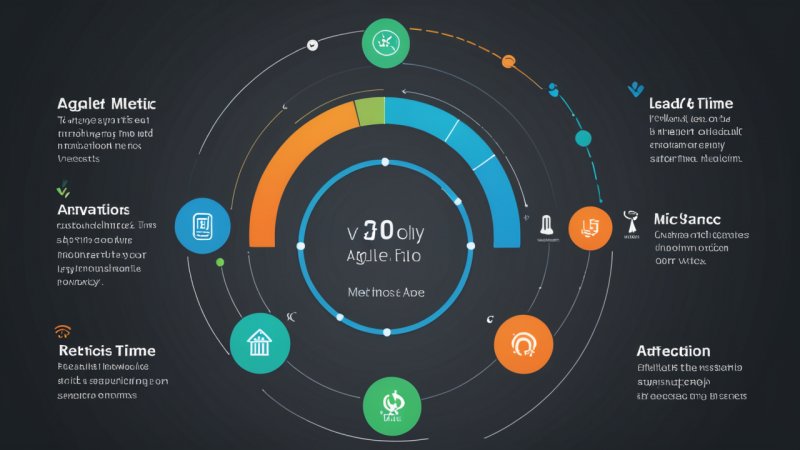Introduction
Agile methodologies have become a standard in software development, promoting adaptability, collaboration, and customer satisfaction. However, to truly harness the power of Agile, teams must implement effective metrics to measure their success. In this article, we will explore the top seven Agile metrics that can help teams evaluate their performance, identify areas for improvement, and ensure they are staying on track with their goals.
1. Velocity
Definition: Velocity is a measure of the amount of work a team completes in a given iteration, typically expressed in story points or hours.
Importance: By tracking velocity over time, teams can predict their future performance and plan sprints more accurately. Understanding velocity helps in resource allocation and project forecasting.
2. Lead Time
Definition: Lead time refers to the total time taken from the moment a request is made until it is completed.
Importance: This metric helps teams understand how long it takes to deliver value to the customer. Reducing lead time can enhance customer satisfaction and improve overall efficiency.
3. Cycle Time
Definition: Cycle time is the time taken to complete a specific task or user story once it has started.
Importance: Monitoring cycle time allows teams to identify bottlenecks in their workflow and optimize processes for faster delivery. It provides insights into the team's efficiency and productivity.
4. Burndown Chart
Definition: A burndown chart is a visual representation of work completed versus work remaining in a sprint.
Importance: This chart provides a quick overview of progress and helps teams stay focused on their goals. It serves as a motivational tool, encouraging teams to maintain momentum throughout the sprint.
5. Cumulative Flow Diagram (CFD)
Definition: A cumulative flow diagram is a graphical representation that shows the status of work items over time, displaying the flow of tasks through different stages of the process.
Importance: CFD helps teams visualize their workflow, identify areas of congestion, and monitor the overall health of the project. It is an excellent tool for spotting trends and ensuring a steady flow of work.
6. Customer Satisfaction
Definition: Customer satisfaction is a qualitative measure of how well the product meets customer expectations, often assessed through surveys or feedback mechanisms.
Importance: Tracking customer satisfaction ensures that the team is delivering value and meeting the needs of end-users. It provides valuable insights that can guide future iterations and feature development.
7. Team Satisfaction
Definition: Team satisfaction measures the morale and engagement of team members, often gauged through regular check-ins or anonymous surveys.
Importance: A satisfied team is more productive and innovative. Monitoring team satisfaction can help identify areas for improvement in team dynamics and workflow, ultimately leading to better project outcomes.
Conclusion
Implementing Agile metrics is essential for measuring success in Agile projects. By focusing on metrics such as velocity, lead time, cycle time, burndown charts, cumulative flow diagrams, customer satisfaction, and team satisfaction, organizations can gain valuable insights into their performance. These metrics not only help teams understand their progress but also foster a culture of continuous improvement and collaboration. Adopting these metrics can ultimately lead to more successful Agile projects and happier teams.






